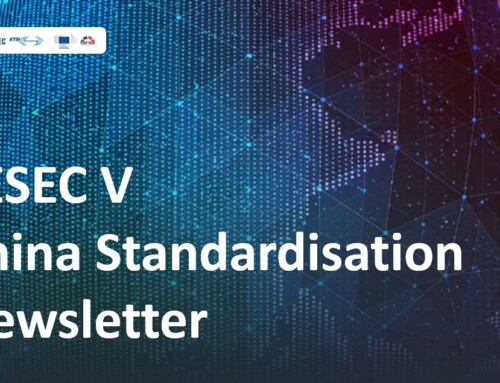On October 8, 2024, six key Chinese authorities, namely the National Development and Reform Commission, the National Data Bureau, the Cyberspace Administration of China, the Ministry of Industry and Information Technology, the Ministry of Finance, and the National Standardization Administration of China, jointly issued the National Data Standard System Construction Guidelines (hereafter referred to as the Guidelines). The Guidelines align with China’s broader ambition to unlock the economic and strategic value of data, as articulated in the Opinions on Building Basic Systems for Data to Better Give Full Play to the Role of Data Resources (known as the Twenty Data Measures). Establishing a cohesive data standardization framework is part of a series of recent initiatives by China, which includes forming the dedicated technical committee SAC/TC 609, creating a trusted data space, and soliciting public input on data-related terminology. The ultimate objective of these standards is to establish a consensus-based framework to support data circulation and utilization.
Over the past few years, China has made significant progress in data standardization, introducing more than 80 national standards covering foundational, technological, application, and security aspects of data. Despite these advancements, a gap persists between industry needs and the current standardization landscape, underscoring the need for a unified standardization system in the data sector. The newly proposed standard system follows a three-tiered structure, with the first two tiers illustrated in the accompanying figure. These tiers encompass areas like fundamentals and general requirements, data-related infrastructure, data resources, data technology, data circulation, integrated applications, and security assurance.
The Guidelines outline a quantitative target: by the end of 2026, China aims to develop or revise over 30 national standards focused on areas such as data circulation and utilization infrastructure, data management, data services, training datasets, authorized public data operations, data rights confirmation, data resource valuation, and enterprise data exchange models. Additionally, a series of standard application demonstration cases will be developed, and a platform for standard verification and application services is planned. Across industries, China seeks to cultivate third-party standardization service providers capable of data management assessment, data evaluation, data service capability assessment, and evaluating authorized public data operations.
Looking forward, China will prioritize developing and revising standards, conducting pilot trials, demonstrating standard application, and fostering a skilled workforce in data standardization. Notably, China intends to continue enhancing its international engagement by participating actively in global standardization activities. For foreign stakeholders, this data standard system can serve as a practical tool to navigate and monitor China’s evolving standardization landscape in the data sector.
Figure: China’s Data Standard System





